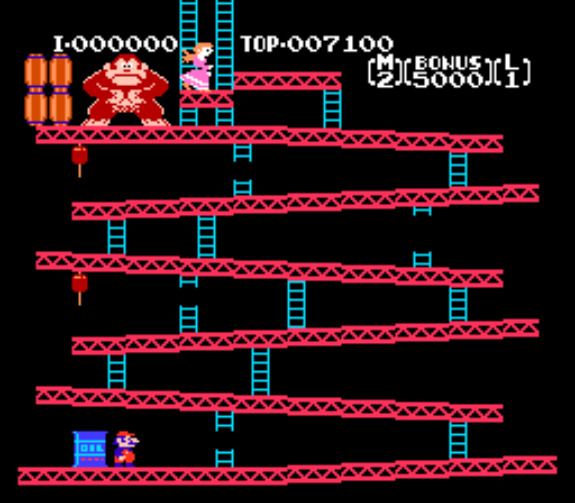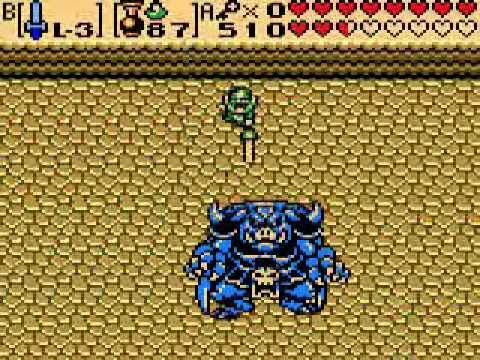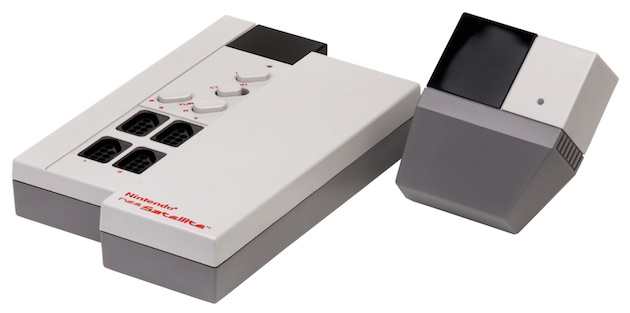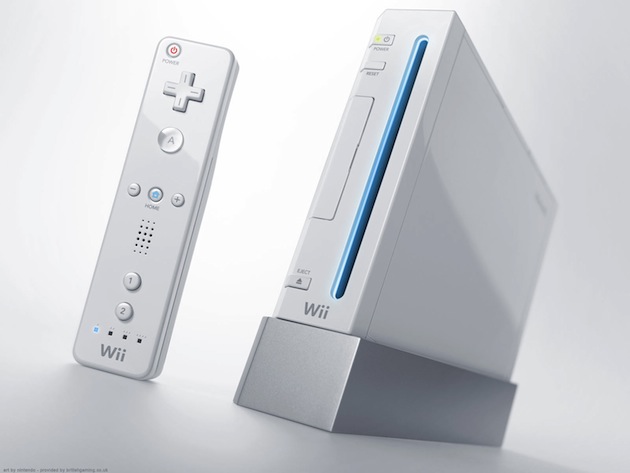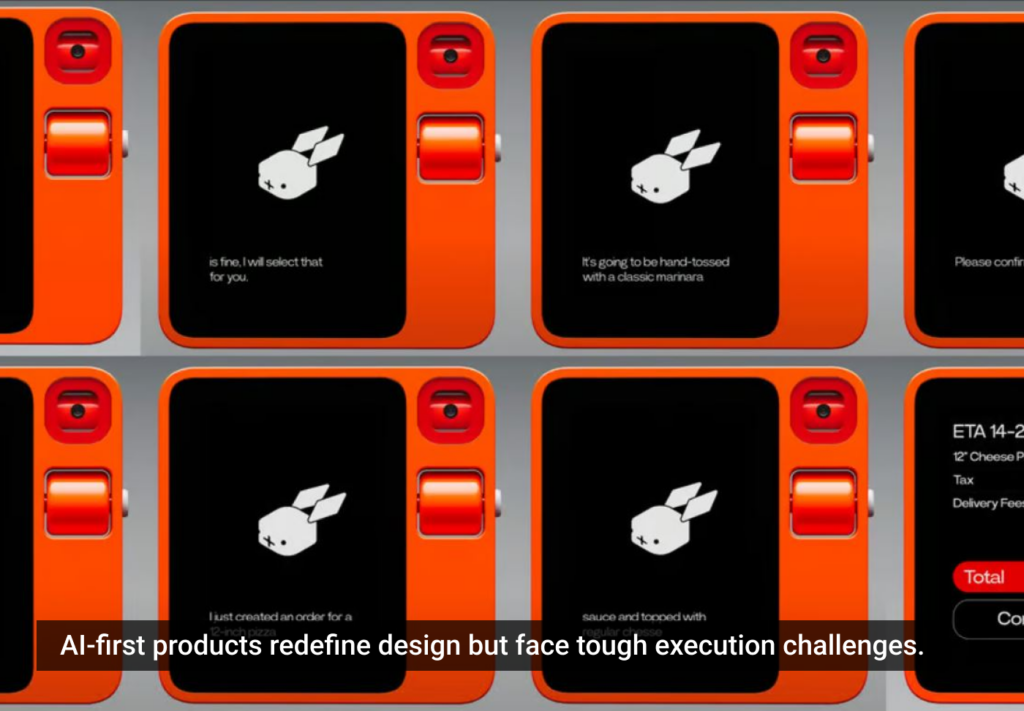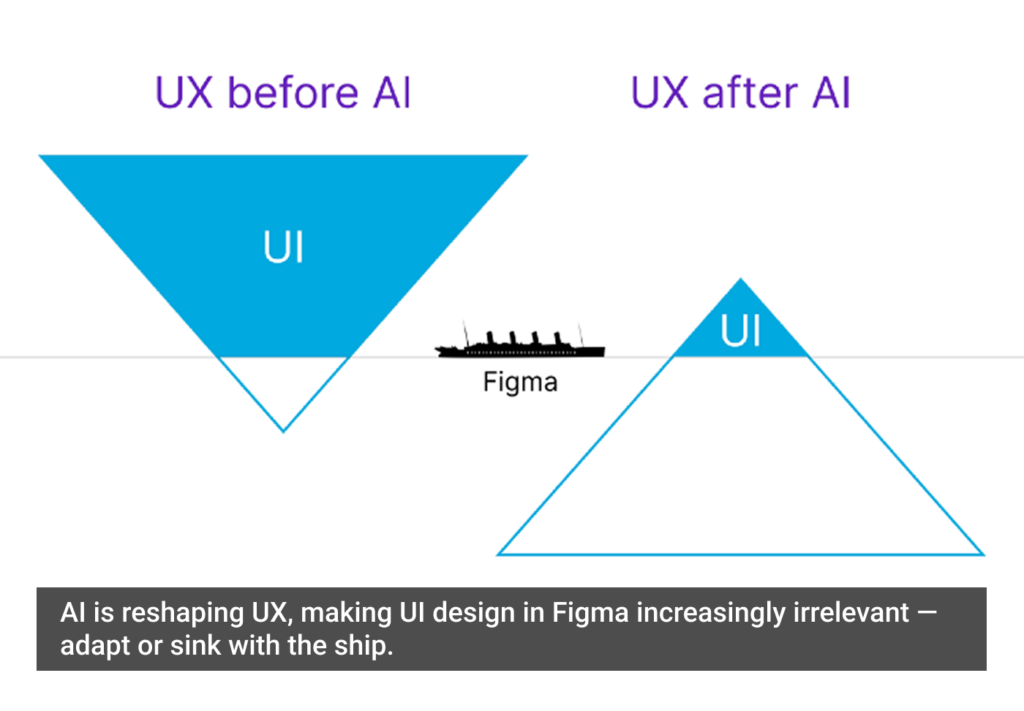Ask the question: “What companies have had the biggest influence on experience design and interaction design?” You’ll probably hear the same names over and over: Apple, Microsoft, Xerox, Braun, Disney, etc. But there’s one company that rarely gets mentioned, even though it should be near the top of everyone’s list: Nintendo.
Nintendo and its brilliant game designer, Shigeru Miyamoto, have introduced several experience and product design elements that we employ every day, whether we realize it or not.
From introducing narrative structure in game design to launching hardware that revolutionized interface, Miyamoto’s influence is undeniable.
Fun: Now With Substance
Perhaps the greatest innovation Miyamoto brought to the gaming industry—and by extension, the web—was the popularization of a narrative structure. This may seem pretty silly to think about now—not unlike thinking that the mouse or GUI wasn’t a big deal—but it was pretty revolutionary for its time. Before Miyamoto’s developments, game play centered primarily on the idea of the “high score.” Gamers played not for the satisfaction of completion, but for bragging rights. The game itself became almost secondary, or a means to a “booyah”-esque end.
Miyamoto’s first successful narrative game was a love triangle between a carpenter, a girl, and an ape. I am, of course, talking about Donkey Kong. Miyamoto was inspired to create the game after watching King Kong and various episodes of Popeye. Interesting side-note: The carpenter, originally known as Jumpman, would eventually get a game of his own. After slight tweaks to his profession and name, he became a plumber named Mario.
Although Donkey Kong is certainly in the genre of “high score” games (in fact, there’s no way to actually beat Donkey Kong), its success showed Nintendo that Miyamoto and his ideas represented the future of gaming.
Miyamoto pulled the inspiration for what would become his masterpiece from his childhood adventures in Sonobe, Japan. The young Miyamoto would travel into forests, lakes, and caves—all the while imagining he was on a great adventure. These experiences would become The Legend of Zelda.
The Legend of Zelda is the story (and I do mean story) of a young man named Link who must save the Princess Zelda from the clutches of the evil Gannon (later shortened to Ganon). I’m a Zelda fanatic, and could easily write an entire article on the canon of Zelda, but for now I’ll focus on Zelda’s contributions to the world of user interface and experience design.
First and foremost, the game was about the narrative. There is no score in Zelda—the satisfaction comes from the journey itself, rather than a number on a screen.
Secondly, The Legend of Zelda was the first console game to introduce a save feature. Video game creators no longer needed to worry about the length of their games and players didn’t have to sit in front of a television for hours at a clip—although they still did. The save function didn’t require any additional hardware—game data was saved onto the cartridge itself and powered by an internal battery—so you could take your cartridge over to a friend’s house and show off your progress.
The last feature is the simplest, but also the most brilliant: The Legend of Zelda allowed players to change the main character’s name to whatever they wanted it to be (within a certain character count). Adding initials to a list of high score-holders was nothing new to gaming at the time, but prior to Zelda, you were marking the ashes of your game. It was similar to saying, “I was given Jumpman. I took him this far.” By entering your name in Zelda, you became the hero … you were saving Princess Zelda. It reminds me of the retail trick of using headless mannequins in clothing stores. This, in theory, allows customers to imagine their own heads on the mannequin–and themselves wearing the clothes.
Now You’re Playing With Power
The success of Miyamoto’s titles allowed Nintendo to be far more experimental with their consoles, and more importantly, their controllers. While several (by which I mean most) of their experimental controllers were commercial failures, they were conceptually ahead of their time.
Not unlike Miyamoto’s narrative gaming, Nintendo’s greatest hardware innovation is the simplest one: the directional pad (or D-Pad). Like everything great that has come out of Nintendo, the D-Pad can be traced back to Miyamoto and a hardware designer named Gunpei Yokoi.
To compete with handheld games put out by the likes of Mattel (Auto Race, 1976), Milton Bradley (Simon, 1978), and Parker Brothers (Merlin, 1978), Nintendo decided to make a handheld version of Donkey Kong (later released in a whole series called Game & Watch, which was the precursor to the Game Boy). To avoid putting a tiny joystick on each console, which would raise production costs and possibly snap off with repeated use, Yokoi implemented a lowercase T-shaped button—improving on similar designs used by Atari and Entex—that controlled the up, down, left, and right directions that the player used to move Jumpman.
Needless to say, the D-Pad was a smashing success and has since been incorporated into the controllers of every major console to date (and is frequently used for menu-navigation on non-gaming devices). Even more interesting is that the D-Pad’s left hand position on controllers has remained untouched since its inception. In his 1987 paper, entitled (deep breath) “The Asymmetric Division of Labor in Human Skilled Bimanual Action,” researcher Yves Guiard suggests that the reason this layout works so well is because our less-dominant hand controls relative position, whereas our dominant hand is made for finer movements. Imagine signing a credit card receipt with just your dominant hand. It might be slightly more difficult without your less-dominant hand holding it in position. Considering that roughly 90% of the human population has a dominant right hand, I’d say the left was a good choice—sorry Southpaws.
Untangled
Nintendo was also among the first gaming companies to experiment with wireless controllers—twice. The first iteration was called the NES Satellite, released way back in 1989. It allowed up to four players to plug their controllers into a remote device, separate from the console itself. A separate receiver was attached to the NES console and received the signals generated from the NES Satellite. While this was not truly wireless, nothing like it existed in the market at the time. Nintendo’s real wireless control system, 2002’s WaveBird, was also revolutionary.
The WaveBird was made for Nintendo’s GameCube console and was the first high-functioning wireless game controller. The WaveBird’s connectivity was based on radio wave–frequency, rather than infrared signals like the NES Satellite. Other gaming companies followed suit with their own wireless controllers the following year. Seemingly overnight, the Wavebird created a new standard for all peripherals: be wireless or don’t exist at all. Today, not a single new console is sold with wired controllers.
Becoming the Controller and Beyond
Nintendo’s current console, the Wii, was released with much fanfare in 2006, thanks to the new controllers that accompanied it. These wireless controllers, while still taking the standard push-button input, now accepted motion as a primary input. The Wii was code-named “The Revolution” for a good reason. Now, for the first time, a player’s movements were mirrored by an on-screen character.
Of course, all of the ‘other guys’ have followed suit and released their own motion-input devices, including Sony’s Move controller and Microsoft’s Kinect. The Kinect is admittedly far superior to Nintendo’s current set of devices and is frequently used by hackers for all kinds of projects. A couple of my favorites are the puppet bird and Minority Report–esque finger tracking.
Conclusion
Whether you’re a fan, a fanatic, or neither, I’m pretty sure you can recognize and appreciate Miyamoto’s contributions to both experience and product design: narrative game play, wireless peripherals, and motion input devices. If not, I suggest you spend a little quality time with Zelda and work on getting a thumb blister from the ubiquitous D-pad.


